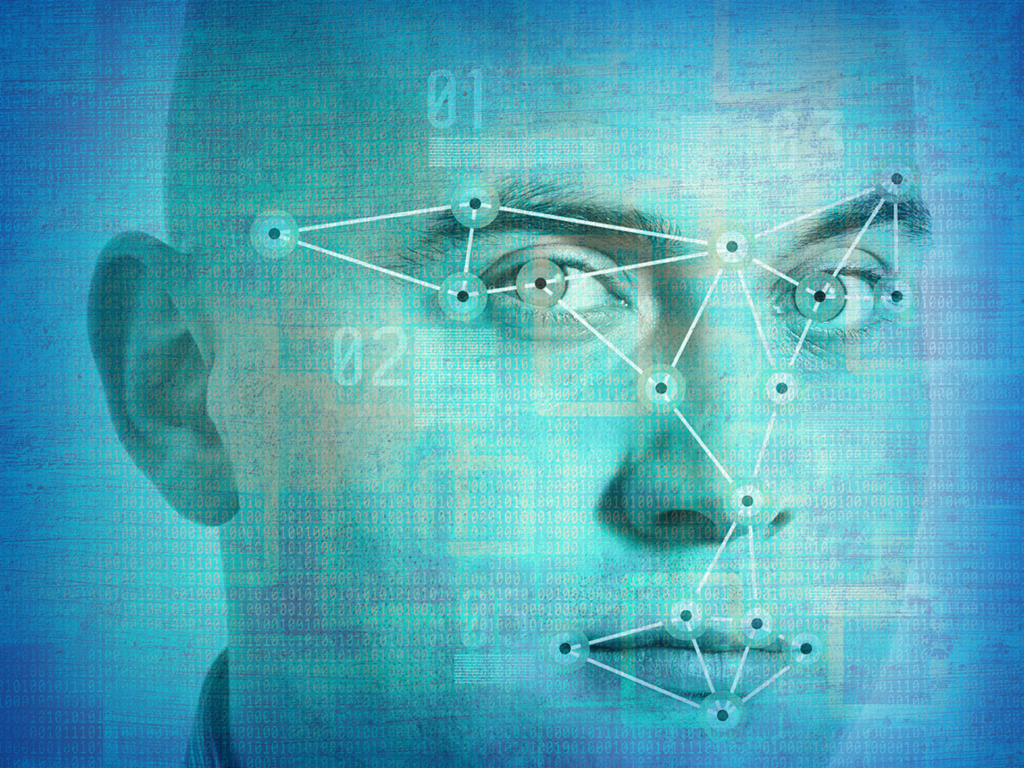Google and online store Zalando’s joint project named Project Muze is the first attempt in starting a period of digital fashion design. This project uses visual AI of Google called DeepDream which was used to create psychedelic works of art before. Project Muze’s claim is to make users their own muses and create designs according to their likings and interests. The neural network used to analyze the design options is trained by the style choices of 600 trendsetters.
We need to be aware of one detail here: The claim of this project is to take ‘inspiration’ from your choices and make designs by using you as a muse. However, it does not claim to create products that you will use in daily life. They also accept that Project Muze is still in early stages of trial period.









